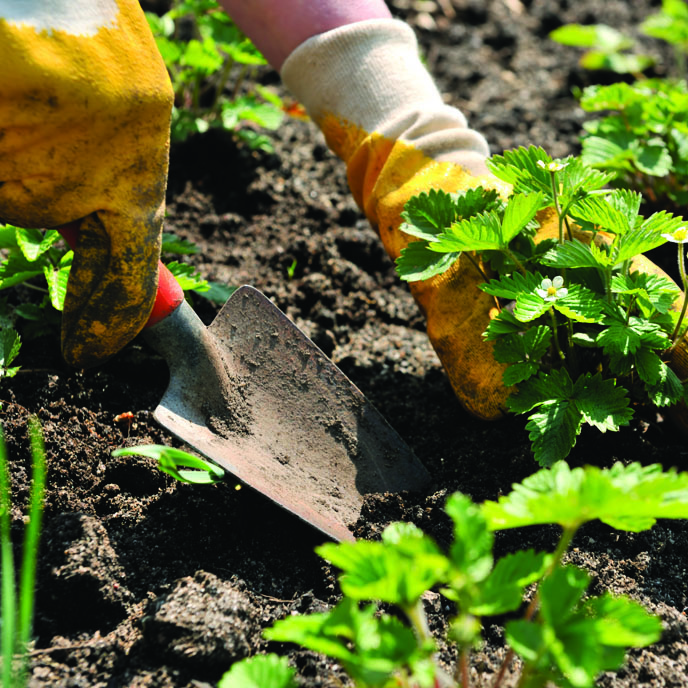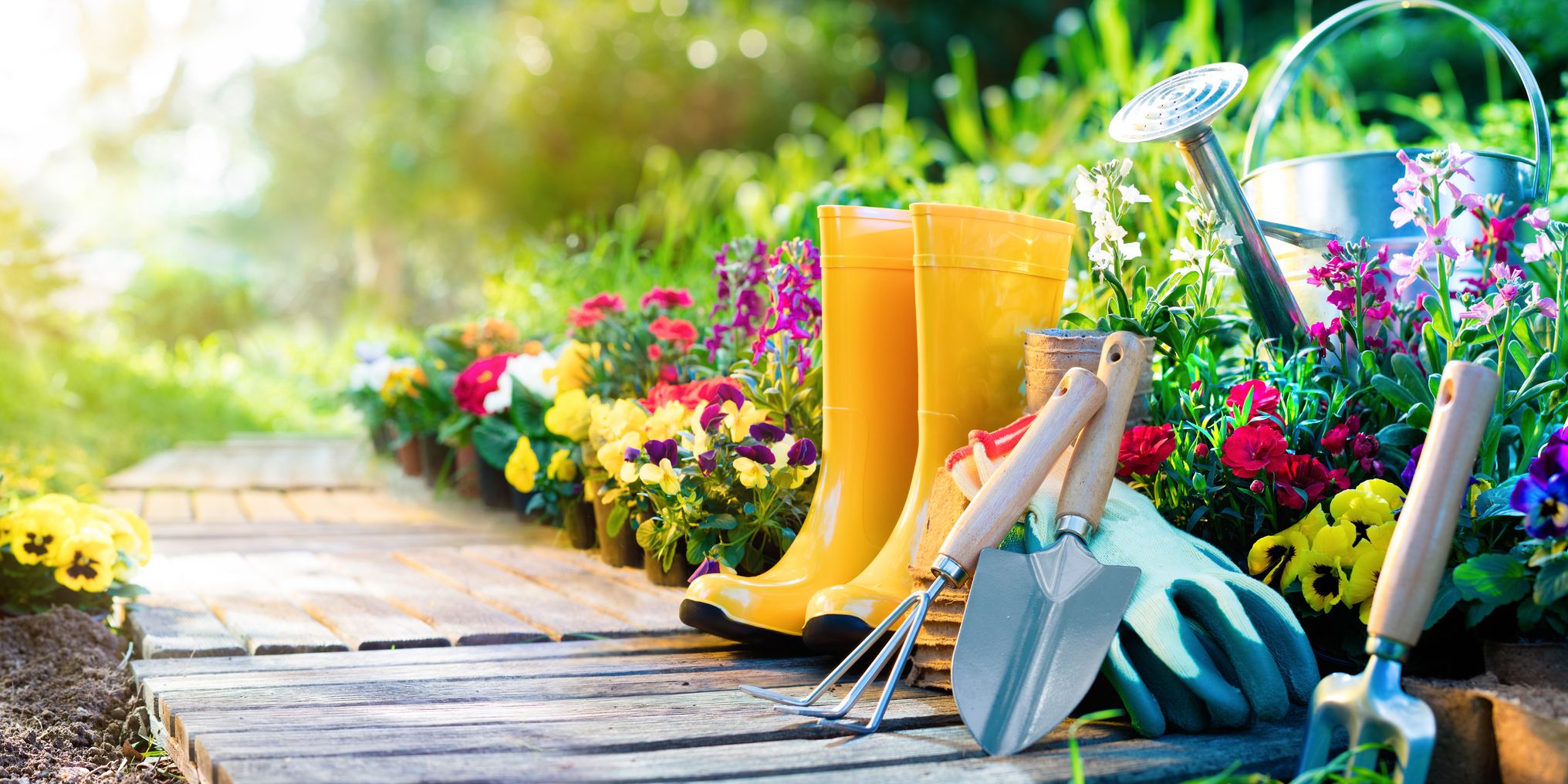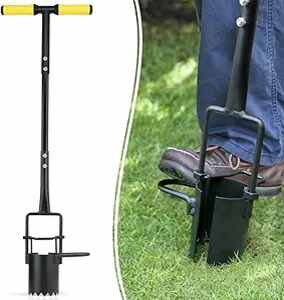The Best Gardening Plants for Low-Maintenance and High Reward
The Best Gardening Plants for Low-Maintenance and High Reward
Blog Article
The Comprehensive Overview to Gardening: Discover the Advantages of Various Designs and Strategies
Gardening includes a varied selection of styles and strategies, each offering one-of-a-kind advantages customized to individual choices and ecological contexts. As we discover these different designs, it ends up being obvious that the choices made can considerably influence both the yard's wellness and its payment to the surrounding environment.
Recognizing Gardening Essentials
Comprehending the essentials of gardening is important for growing a thriving and sustainable yard. A successful gardening venture starts with a strong structure of understanding concerning dirt, plant choice, and climate considerations. Healthy and balanced soil is the foundation of any garden; it offers important nutrients, water retention, and an environment for beneficial bacteria - Gardening. Examining soil pH and nutrient degrees can assist amendments to optimize plant growth.
Selecting the right plants is equally vital. Understanding their certain demands-- such as sunshine, water, and spacing-- makes certain compatibility with the local climate and soil conditions. This choice process should also think about the growth routines and lifecycle of plants, permitting for a well balanced and aesthetically pleasing yard.
Moreover, effective watering practices are critical. Over-watering and under-watering can both lead to plant tension and illness. Executing a routine based upon seasonal adjustments and plant needs can boost water performance.
Popular Horticulture Styles
What defines the significance of popular gardening designs? Among the most renowned designs is the cottage garden, identified by its informal layout and a vibrant range of flowers and veggies.
Conversely, the official garden personifies proportion and order, commonly featuring geometric patterns and carefully cut bushes. This style connects elegance and class, with thoroughly selected plants that reinforce an organized aesthetic.
The Japanese yard provides a serene and reflective experience, utilizing natural environments like water, stones, and plants to develop a serene atmosphere. It concentrates on simplicity and equilibrium, urging consideration.
Additionally, xeriscaping has actually acquired popularity, specifically in deserts (Gardening). It focuses on drought-resistant plants and efficient water usage, promoting sustainability while boosting landscape beauty
Benefits of Container Horticulture
Container gardening uses a wide range of advantages that make it an appealing choice for both amateur and knowledgeable garden enthusiasts alike. One of the key advantages is versatility; containers can be placed in numerous locations, allowing gardeners to enhance sunlight direct exposure and produce aesthetically enticing setups. This versatility makes it feasible to yard in spaces where standard in-ground horticulture might not be feasible, such as balconies, outdoor patios, or metropolitan settings.
In addition, container gardening supplies much better control over dirt problems. Garden enthusiasts can customize the soil mix to fit certain plants, ensuring optimal drain and nutrient schedule. This is particularly helpful for people staying in locations with poor or polluted soil.
One more significant advantage is the minimized threat of bugs and conditions. Container plants can be checked a lot more quickly, and any problems can be dealt with promptly. This strategy can reduce the spread of invasive types.
Sustainable Horticulture Practices
Sustainable gardening practices are crucial for advertising ecological health and boosting biodiversity in our ecological communities. These methods prioritize ecological equilibrium, source conservation, and the use look what i found of organic approaches to reduce adverse environmental impacts. By utilizing techniques such as composting, garden enthusiasts can reduce waste while enhancing soil wellness, therefore fostering a growing garden ecological community.
Water preservation is an additional crucial aspect of lasting horticulture. Strategies such as rain harvesting, drip irrigation, and the use of drought-resistant plants can substantially decrease water use while making certain that plants receive sufficient wetness. Furthermore, incorporating indigenous plant varieties right into yard designs supports neighborhood wild animals and reduces the need for chemical fertilizers and pesticides, which can be unsafe to the environment.

Ultimately, lasting gardening practices not only add to much healthier gardens yet also advertise an even more resilient atmosphere, using long-term benefits to both the garden enthusiast and the bordering community.
Tips for Successful Horticulture
To grow a flourishing yard, Recommended Reading garden enthusiasts need to focus on mindful planning and thoughtful execution of their gardening methods. Begin by analyzing the neighborhood climate and dirt problems, as these aspects significantly influence plant selection and growth. Select plants that are fit to your setting, taking into consideration indigenous varieties that will thrive with minimal treatment.
Implementing a well-structured layout is important (Gardening). Utilize companion planting methods to advertise biodiversity and natural bug control, while ensuring each plant has adequate room for development. This not just improves aesthetics but likewise enhances total plant health
Routine maintenance is key to an effective yard. Establish a consistent schedule for watering, weeding, and fertilizing. Mulching can help retain dampness and subdue weeds, while also including organic matter to the dirt.
Consistently keeping track of plant wellness and development will enable for prompt treatments. Be open to finding out and adapting; horticulture is a continual process that benefits from experience and experimentation.
Verdict


In recap, the expedition of diverse horticulture styles and strategies exposes their complex benefits, contributing to both visual charm and ecological discover here health and wellness. Container horticulture provides versatility and ease of access, while sustainable methods boost environmental stewardship.
Report this page